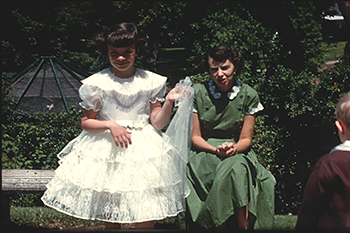
The first table shows how the same film looks using our 4 different processes. You can see that the difference can be significant for our Huntington customers.
The second table presents a case for scanning 8mm and Super 8 film at 2K resolution. In the past year we have done 20 comparisons. Contrary to popular belief, we do see a noticeable difference in quality between our Pro HD and Pro 2K process on 8mm and Super 8 film.
8mm And Super 8 Film Huntington |
|
SD Scan
|
|
Pro HD Scan
|
|
Pro 2K Scan
|
|
Pro 4K Scan
|
|
Film Resolution |
|
Resolution of Film |
|
Film Grain
|
|
Film Grain vs Digital Pixel
|
|
So, for example, if you are looking for the best quality DVD, scan your 8mm or Super 8 at HD. If you are looking to go to BluRay then scan your 8mm or Super 8 at 2K.
Huntington Fun Facts: The city has an active inland port, primarily due to the vast amount of coal and petroleum products that are transported out of the area. Huntington serves as a link between the products delivered by trains and the Ohio River/Mississippi watershed. Huntington's economy is significantly bolstered by the service sector including medical services as well as Marshall University's research activities. The city was formerly known as Holderby's Landing.
West Virginia Fun Facts: Another Washingtonlandmark, Mount St. Helens erupted in 1980, the deadliest and most economically destructive volcanic event in U.S. history. The Evergreen State is the nation’s leader producer of apples and is the home of the coffee chain Starbucks.











